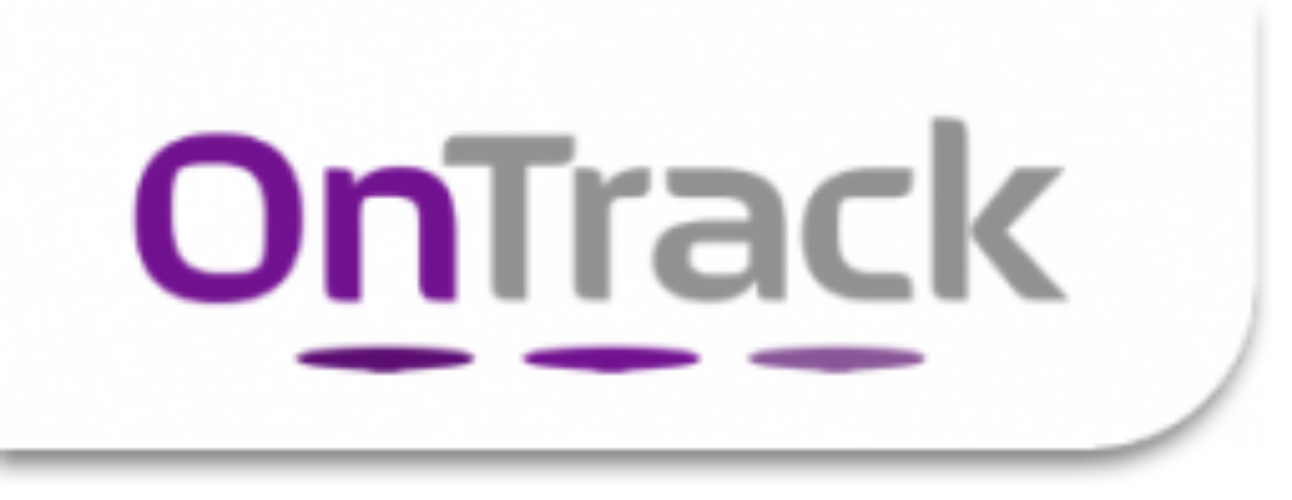Firstly, your learning provision should reflect the way that people want to learn. Knowledge is no longer restricted to a select few; it has become openly available and instantly accessible through hand-held devices. For example, if you want to cook a lasagne, you can go online and find a recipe or even watch a video of somebody making one. This is how people want to learn at work – and employers have to respond to that. When a learning need arises, nobody wants to wait three months or more until their next performance review before they can address it. The great advantage of digital learning resources is that they enable employees to address their learning needs immediately.
All aspects of 70:20:10 can be met through digital learning. Employees can create their own learning programme using digital tools such as e-learning, videos, webinars, digital guides, articles and podcasts. Or they can use these resources for just-in-time refresher training or performance support at the point of need. Giving people access to short bites of easily-consumable learning, anytime and anywhere, helps them to become more engaged and more effective in their role. And that improves the performance of the organisation.
The second compelling argument for digital learning is the expectations of millennials (those born between 1980 and 2000). According to some predictions, 75 percent of your workforce will be millennials by 2025. This tech-savvy and connected generation has grown up with broadband, smartphones, laptops, tablets and social media. What’s more, they’re committed to personal development. Learning is what they want most from their employer, ahead of work-life balance and financial reward.
This generation will be the future leaders of your organisation. That’s why attracting and retaining millennial workers – and other digitally-skilled staff – is one of the toughest challenges in talent management. These individuals will expect instant access to learning – and they’ll move on quickly if their expectations aren’t met. Schools and universities have already become digitally-enabled and now it’s time for organisations to catch up. A digital learning culture will be fundamental in the 21st century workplace.
What does digital learning involve?
Essentially, you need a platform to house your digital learning assets. This can replace or supplement your Learning Management System. Then you need to curate or create content that may be branded or tailored to your house style. This could be existing, externally-sourced or self-generated content such as videos, games, articles or digital guides. Videos can be animated or they can feature actors or staff. They should share knowledge, information and best practice in 3-5 minutes and they can even include iPhone-captured ‘how to’ footage that might prove useful to others. Your content could also include MOOC-style courses and links to business school programmes. You can even add ‘ratings’ to your content to give people confidence that the resources are effective and worthwhile. Then, you can drop any low-scoring content and only retain the top-rated assets.
As the digital world evolves, so should the digital organisation. If we want to connect with people outside of work we might use Facebook or LinkedIn; for fresh insights and new thinking we might watch a Ted Talk video; for live messaging and idea sharing we might use Twitter and for instant communication we might turn to WhatsApp. We share, ask, learn and engage with others around the world every day using these resources. We need to bring tools such as these into our organisations to provide a familiar learning environment that mirrors the outside world.
For example, many digital platforms have a social Facebook-style tool, with individual profiles of each employee’s expertise as well as their photographs, videos and blogs. This can help people to share their knowledge and experience and more easily find, connect and collaborate with internal experts. This social interaction and cooperation aspect can be particularly beneficial in breaking down geographic boundaries in multinational organisations. Sharing knowledge in this way not only benefits individuals – and all future employees – it creates a sense of belonging and a connection between colleagues and the organisation.
In a digital culture, face-to-face workshops will play an important but different role, with less emphasis on knowledge development, as this can be achieved via digital resources. Instead, workshops will focus on skills practise. Virtual classrooms can pay dividends here but there will still be a demand for face-to-face sessions, particularly to help line managers to coach, mentor and properly support and develop their teams.
Where to start
Here are three options for enhancing your digital learning offering:
- Specify what digital tools you’re interested in when making a ‘request for proposal’ (RFP). Instead of creating an RFP just for e-learning, broaden your remit to ask how digital learning could meet your needs.
- Pilot a function. Learning practitioners will often liaise with functional heads, who are keen to develop their teams. For example, a sales director may be interested in how the immediacy of digital learning can help to enhance productivity and collaboration across their department. This offers a low-risk way of showcasing the benefits of digital learning, before cascading it to other functions.
- Evolve at your own pace. You may have already curated and shared some digital content, such as TED Talk videos, articles or guides. You can gradually increase your library of digital assets by considering the challenges your organisation is facing; what people are struggling with and what tools would help to meet these needs. You don’t have to spend hundreds of thousands of pounds upfront on a new digital system. You can evolve your offering, according to the needs of your audience, and build up a body of knowledge and a library of assets that can benefit individual employees and the organisation.
What to look for in a learning partner
It’s easy to become preoccupied by ‘digital’ and the variety of digital learning that’s available. But, actually, the goal to strive for is to become learner-centric. Ask ‘what learning environment will work best for us?’ and then look for a development partner that has knowledge and expertise of the learning mediums and formats that will best support your learning culture and suit your audience. Digital will inevitably play a part in that – but it won’t be the only part.
If you’re looking for specific help for your digital offering, choose someone with digital experience, project management skills and technical expertise who can integrate their digital platform with your existing HR and information systems. If they’re creating content for you, they’ll need significant learning expertise too and specific skills in areas such as video production, graphics and content management. You may also want help to promote your digital content internally and to develop your own ‘digital champions’ who can coach others and facilitate an empowered digital culture.
Above all, you need to be confident that you’re working with a partner who can challenge and support you at each step of the process, to ensure you implement an engaging, professional, effective and secure solution that’s personalised to your needs.
Creating a digitally-enabled, learner-centric culture will enable you to deliver your learning in a more efficient and effective way, so that people can more easily develop the skills needed for the business to perform. On top of that, it will give you a competitive edge that can improve your ability to attract, engage, develop, retain and manage your talent.
(Article originally published on www.hrreview.co.uk)




